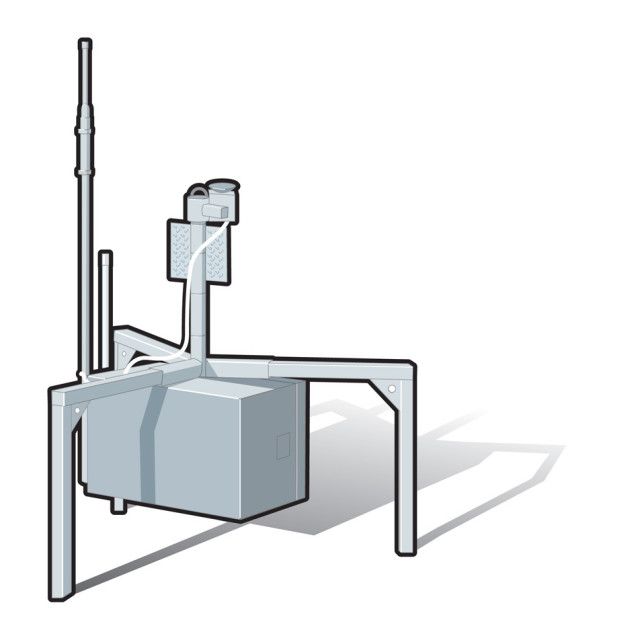Spider Bytes

Image: Jen Davison Wick,Michael Novak
IF MOUNT ST. HELENS rumbles back to life anytime soon, watch out for a new breed of spider. Last summer, Rick LaHusen, a volcanologist with the US Geological Survey’s Cascade Volcano Observatory in Vancouver, began testing a network of 16 three-legged monitoring devices—dubbed “spiders”—inside the mountain’s yawning crater. Their mission? To help predict eruptions. Developed in conjunction with Washington State University at Vancouver (WSU) and NASA, the spiders can be quickly airlifted to gather intel during crisis situations. (In March, one was bound for an active Chilean volcano until that country’s massive earthquake scuttled the trip.) There’s plenty of work at home, though. “We’ve got about 160 volcanoes in the US,” LaHusen says. “We can’t possibly monitor all of them actively.” But thanks to the spiders, scientists now have a few legs up.
1. Mobility
Weighing just 200 pounds, the stainless steel devices can be deployed via small, readily available civilian helicopters as opposed to larger, harder-to-obtain Blackhawks. Once at a volcano, the spiders can be set in place in less than 60 seconds. Plus, as LaHusen notes, “The legs are removable. The latest [model] I can actually check onto an airliner and fly anywhere in the world.”
2. Lightning sensor
Volcanic ash is often accompanied by intense displays of lightning. The spiders’ antennas can detect a bolt up to six miles away by honing in on the disruptions to radio waves. “If you’ve ever been in a lightning storm with your radio on, you can hear little crackles,” LaHusen says. “It’s listening for those crackles.”
3. Satellite
If conditions get really hairy—frequent tremors, rapidly rising heat—spiders can dial up NASA’s EO1 (Earth Observing 1) satellite and request a thermal scan of its location for eruptive evidence like magma bubbling toward the surface.
4. Decision-making
A computer in the spider’s trunk saves crucial analysis time by prioritizing which data to send first. If one receives a strong seismic signal, it will route that information before sending data about distant lightning strikes.
5. GPS
Precision GPS monitoring can relay measurements (to within less than half an inch) of any ground deformations or bulges—critical indicators of an eruption—occurring beneath the spider.
6. Intelligence
A complex computer program developed at WSU lets spiders ping information back and forth to each other, constantly configuring the most efficient way to route their data back to scientists. For instance, if a snowdrift or a thick cloud of ash blocks a spider’s signal, the other spiders automatically send their data to another device with a clear signal.



